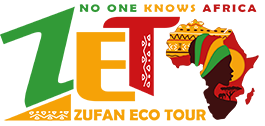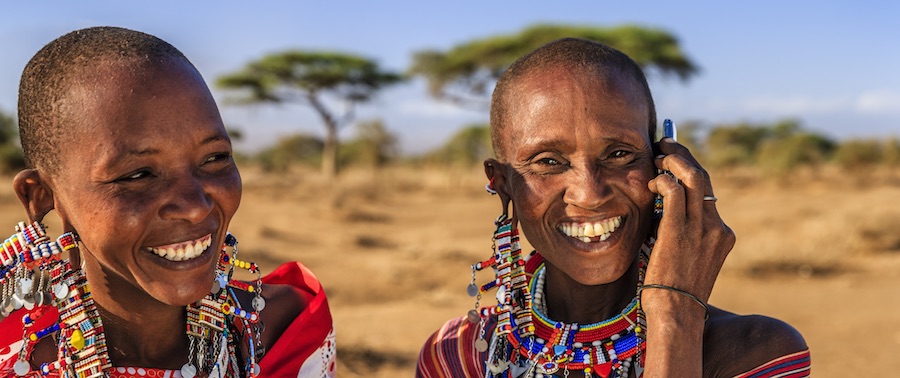Coming Soon
Welcome to Zufan EcoTour, your gateway to unforgettable eco-friendly adventures. Our dedicated team is crafting an exceptional platform to connect you with sustainable tourism experiences that honor and preserve the beauty of nature.
While we're building and perfecting Zufan EcoTour, we invite you to stay connected and get ready for an exciting launch.
What to Expect:
- Eco-Friendly Travel: Discover tours and experiences that minimize environmental impact.
- Local Experiences: Engage with local cultures and communities in meaningful ways.
- Adventure Awaits: From hiking and wildlife watching to cultural tours, find your perfect eco-adventure.
Stay Updated for our upgrading to receive launch announcements, special offers, and eco-travel tips.

